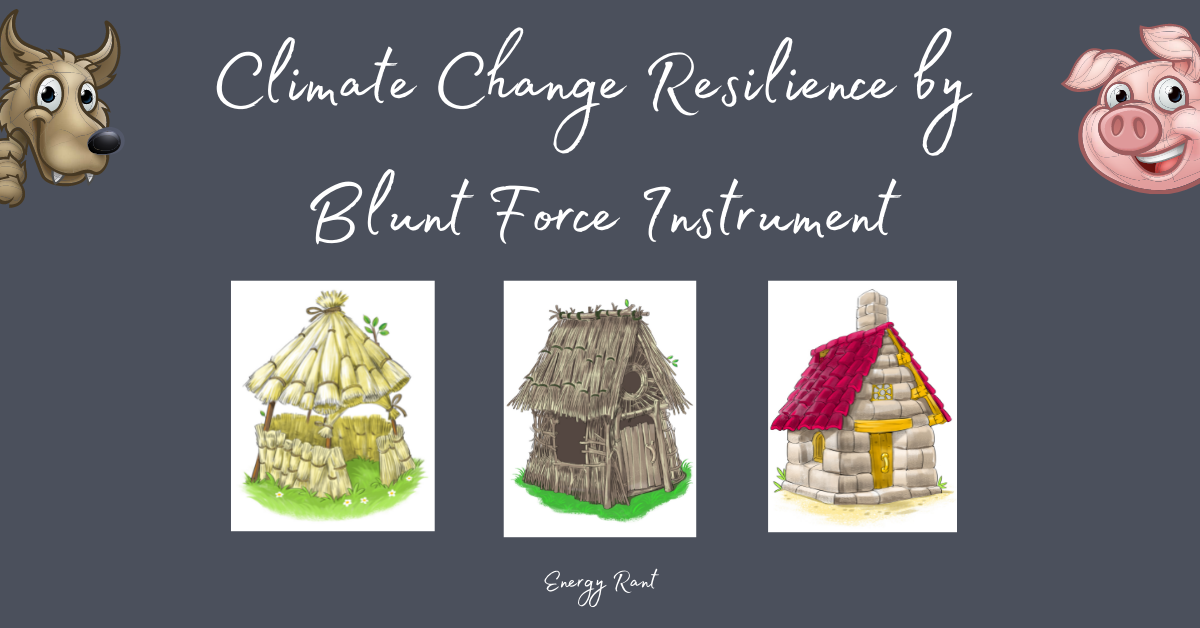
Per the last couple of posts, we examined policies, trends, and physics behind property destruction, storms, and fire. This week provides ways to avoid destruction and loss from fires, floods, hurricanes, tornadoes, and extreme cold, which we are experiencing again. Have you seen the temperatures in Florida lately?
Construction of Choice
One type of construction can serve as the answer for many climate-related hazards, and that would be insulated concrete forms (ICF) with appropriate roofing and exterior finishes. (The third little pig had a point, ya know)
The white sections in the drawing represent the insulating forms, which are typically expanded polystyrene, but there are competing alternatives. In addition to being well insulated, advantages of this construction include mass (i.e., weight) and thermal mass. The thermal mass plus insulation is excellent for minimizing heating and cooling loads and energy consumption.
Advantage:
- Fire resistance when brick serves as the exterior finish. The bricks can sponge searing heat for a while before the insulating forms are damaged.
- Hurricane and tornado durability. The strong and massive structure will hold up to almost any earthly wind velocity.
Finally, to avoid fire with the insulated concrete walls, I would use a steel roof over steel trusses with blown fiberglass insulation, none of which burn.
Wind Forces
Wind forces produce lift and drag. I demonstrated lift last week with the golf ball video and cartoons I borrowed from generous content providers on the internet. Lift is a vertical force (i.e., up) and drag is a horizontal force that limits your speed on a bicycle.
The Bernoulli principle described last week helps explain lift on roofs and airplane wings. Dimensionless analyses are used for modeling and estimating drag forces. Understanding drag forces help with building design to keep buildings standing in high wind speeds.
In the chart below, the furthest-right column shows the dimensionless factor, the drag coefficient, that defines the drag force with fluids like air flowing past it. I’ll skip the equations, but the point is they are all relative. For example, on the square footprint at the top, the drag force is about 4x for a given wind speed compared to that of the cylinder at the bottom.
Why does this matter for buildings? The twin towers that were leveled on 9/11 were designed to withstand 80 mph winds or a category one hurricane. Yikes! I hope they had a large safety factor on that. If the towers had some bevel at the corners to start resembling a hexagon, the drag would be much less, and they could withstand a 113-mph breeze, all else equal. A round footprint and profile: 160 mph.
Like the drag forces produced by wind, a roof’s lift forces can be significantly mitigated by the shape of the roof below. This too is similar to square (gable-ended roofs) and hex design (hip roofs).
 Pier Construction
Pier Construction
Finally, to avoid storm-surge damage from hurricanes flooding from near sea level in any low-lying area, you must build on piers. The concrete home may survive the storm surge on its own, but everything inside will likely be destroyed along with at least half the property’s value. Who wants that?
Here is a pic of an insulated concrete home that stood like a sawed-off piling during a devastating hurricane in the Cayman Islands. Great. It’s still standing, but there is probably two feet of sand and mud inside.
On the other hand, this home below survived 150 mph winds of hurricane Mike in 2018, and most likely, all the contents inside are fine. Also, notice the shapes of the roofs in both photos.
The disadvantage of insulated concrete homes is once they are built, yer done. So get the windows and doors where you want them on the first try! Also, they are estimated to cost about 4% more for the entire home.
You will also want a generator and a supply of fuel because once a fire or flood levels everything around you, there won’t be power for a long time.
Super Summary of Disaster-Resistant Homes
The blunt-force instruments to defeat natural disasters include the following:
 Closing Thoughts
Closing Thoughts
Hope is not a plan. You must be realistic about where you are moving or building and prepare for the worst, climate change or not.
It feels great to take on nature and not only survive but also do so comfortably and with plenty of margin to spare. But RESPECT the forces!
To respect the forces, you have to get out there and experience them yourself. I am a proponent of strengthening bodies and minds and making them resilient to allergens, pathogens, illness, accidents, and avoidable property loss, injury, or death. That comes with bleeding, rolled ankles, broken bones, nips of frostbite, overheating, and playing outside – in the cold, dust, heat, pollen, and taking some chances to test oneself and nature. Then you can learn things like:
- The force of moving water on a submerged canoe stuck on a bolder.
- Getting goosebumps in atrocious heat and humidity is a sign of overheating – time to let up.
- The stability of front-wheel drive versus all-wheel drive on ice.
- How brutal cold breaks every weak link of mechanical and electrical systems.
- How a few inches of water in the transom of a fishing boat destabilizes it.
Respect for the natural forces and conditions will help you understand and prepare for extreme events.
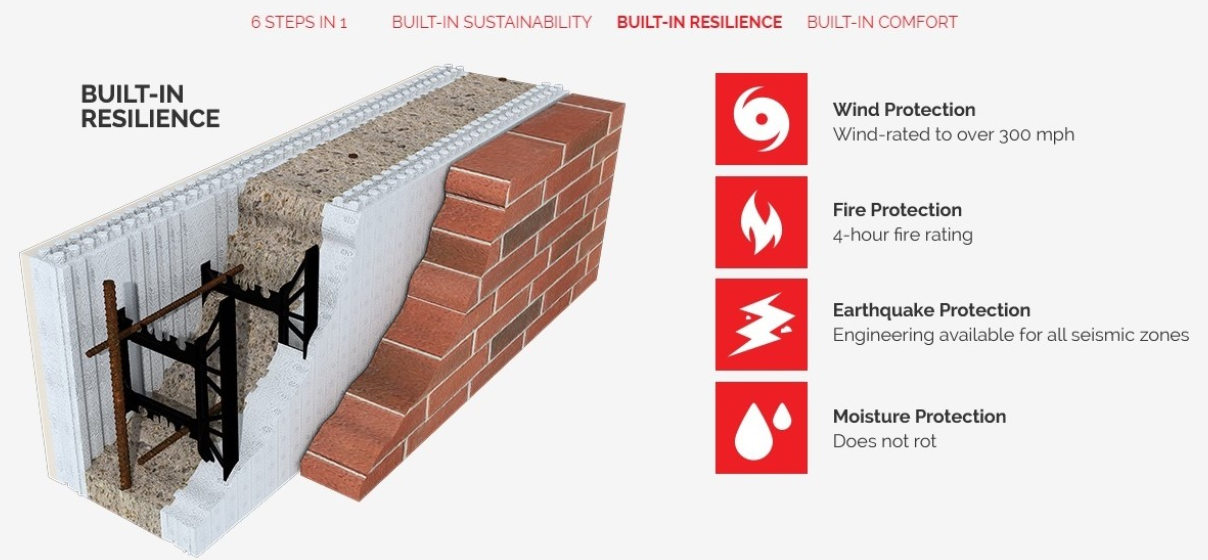
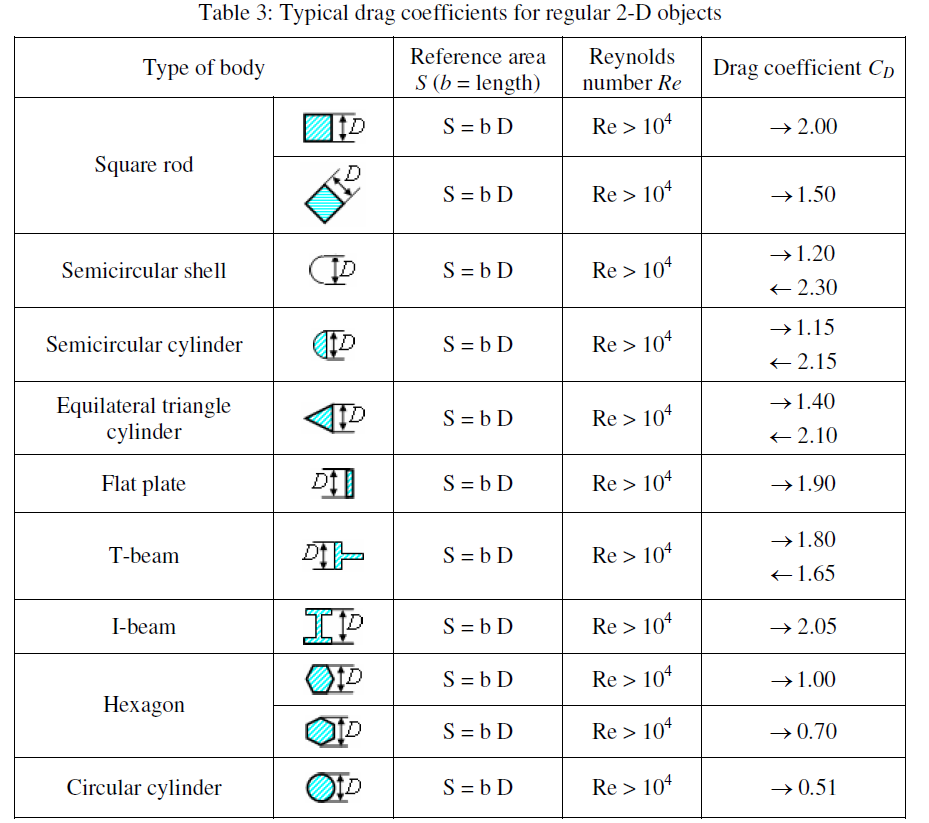
 Pier Construction
Pier Construction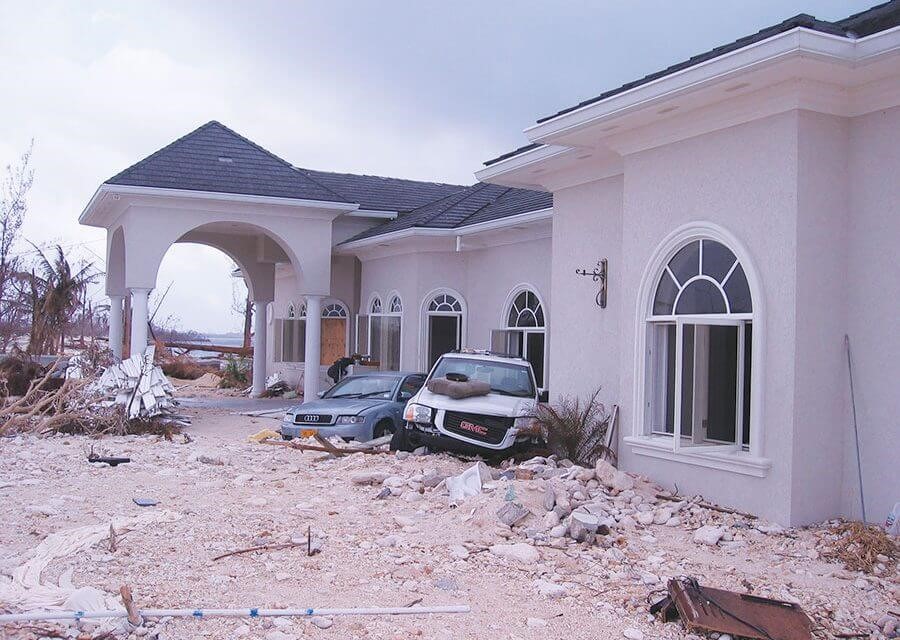
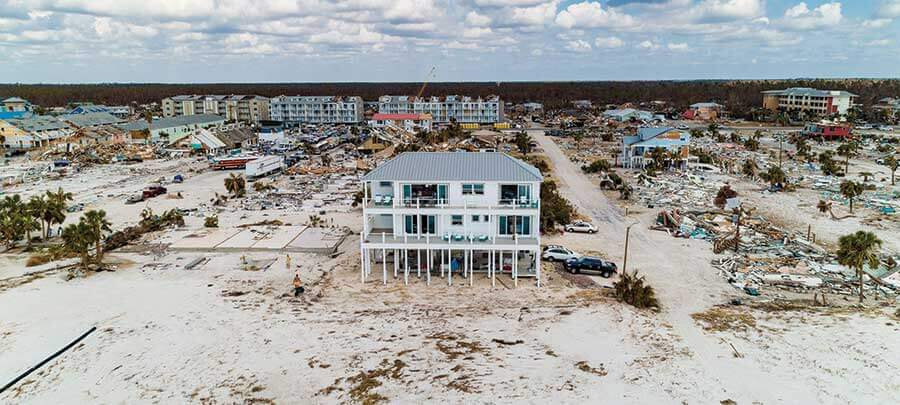
 Closing Thoughts
Closing Thoughts



